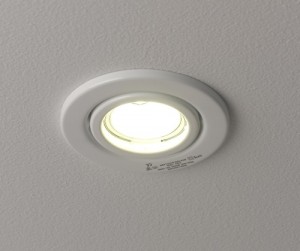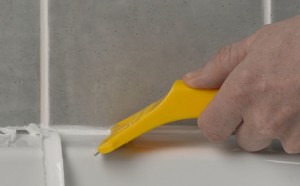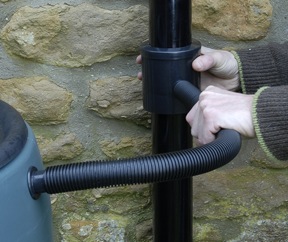Fixing a downlighter
Posted in Home Improvement Advice, The Guardian on May 18th, 2011 by Julian Cassell – Be the first to comment
The Guardian, Saturday 23 April 2011
A downlighter has started to slip from its hole in our bathroom ceiling. I can push it back in, but it doesn’t stay for long.
“The spring clips that hold the downlighter in place may well have slipped, so check they are clamping in place correctly,” says our DIY guru, Julian Cassell. “If this doesn’t work, and it is a single light (ie, you don’t need to match the style with others in the room), you could replace it with a smaller modern design. It must be for bathroom use though – check out the Bell converter range at lamps2udirect.com. Another option is to cut a new hole, the right size, a little to the side of this one and reposition the light (you can then use the new cut out of plasterboard to patch the old hole). Finally, if the light needs to be in the exact same position, the best option is to replace the area with a new square of plasterboard, plaster the patch, and cut a new hole.”


